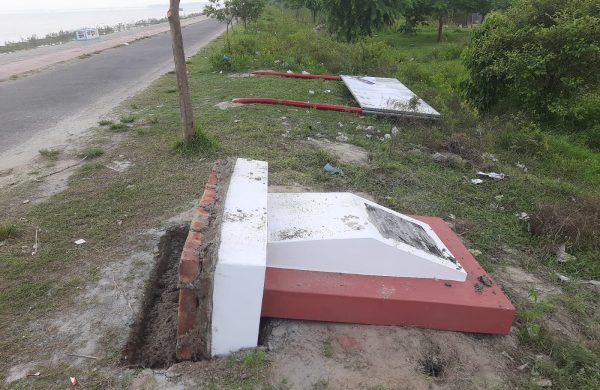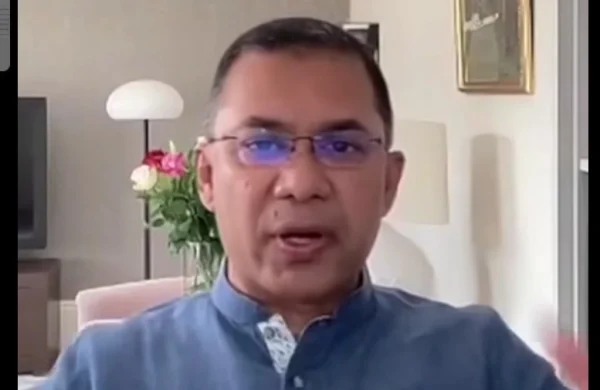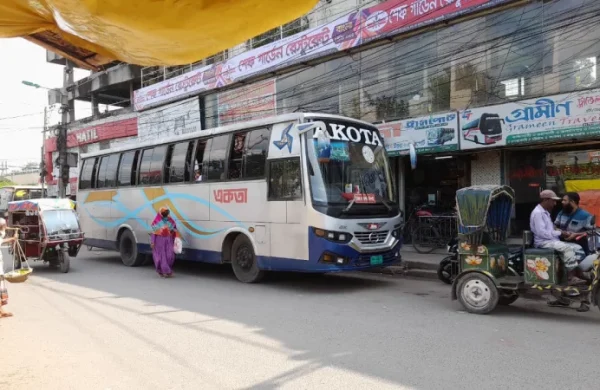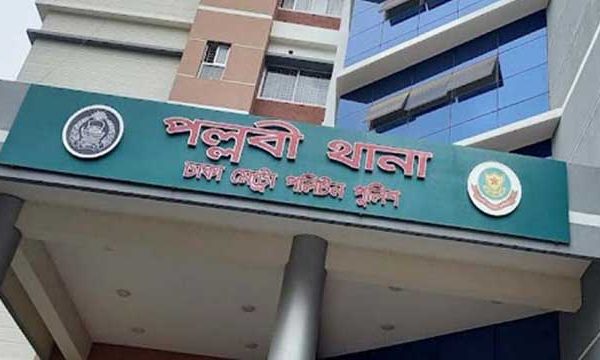Bangladesh has the most default loans in Asia
- Update Time : Monday, September 8, 2025
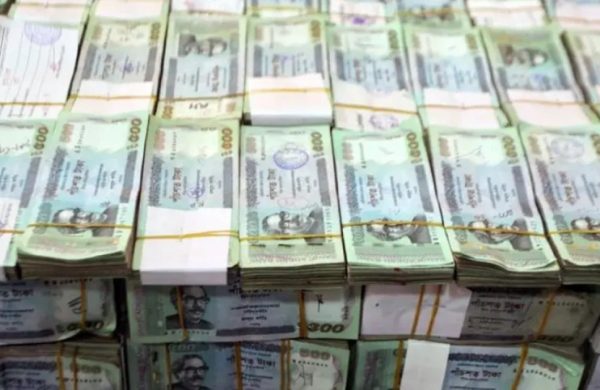
Staff Correspondent:
A recent report by the Asian Development Bank (ADB) has highlighted the fact that Bangladesh has risen to the top among Asian countries in terms of default loans.
The report was prepared based on the status of various financial indicators of countries in the Asia and Pacific region.
However, the data for 2023 has been taken into account in comparison with default loans, hence why Bangladesh is at the top.
Sources say that after the fall of the Awami League government in August last year, hidden default loans in the banking sector have been coming to light. Again, the loans of Awami League leaders and their close businessmen are also defaulting.
As a result, the default loans of the banking sector in Bangladesh have increased from 12% to more than 28% in a span of a year. That is, more than a quarter of the loans distributed by the banking sector are now defaulted.
WHY BANGLADESH LEADS THE LIST
Bangladesh Bank officials say that the money that was taken out of banks anonymously during the previous Awami League government has now started to be identified as default.
Again, default loans in the country are also increasing due to the upgrading of the rules for loan default to international standards. Many of the loans that are renewed are not being recovered.
Due to irregularities, the central bank has listed many loans as defaulters. This is increasing default loans, which may increase further in the future.
When the Awami League formed the government in 2009, the total default loans were only Tk22,481 crore.
Since then, the amount of default loans has been increasing. Economists have been complaining for a long time that influential people close to the Awami League government are withdrawing huge amounts of money from banks through various irregularities, a large part of which has been smuggled abroad.
Sources say that after the country’s political change, the true picture of the loans of the banks that were freed from the control of the S Alam Group of Chittagong, a business group close to the Awami League and widely criticized, has started to emerge.
Of these, the default loans of Islami Bank have increased the most.
Similarly, the default loans of First Security Islami Bank, Global Islami Bank, Union Bank, Social Islami Bank and Exim Bank have also increased.
Bangladesh Bank has taken the initiative to merge these five banks.
In addition, the defaulted loans of public sector banks Agrani and Janata and private sector banks IFIC, UCB, NRB and NRB Commercial Bank are also increasing. It is learned that about 1,400 defaulted institutions have applied to Bangladesh Bank for loan restructuring.
Of these, Bangladesh Bank has decided to regularize the loans of about 300 institutions.
Now Bangladesh Bank is going to create a policy and give banks the opportunity to restructure loans.
Under this policy, the opportunity to restructure loans by depositing 1 percent will be given.
However, the interest will have to be paid during the time period during which the loan repayment is suspended. Bangladesh Bank officials hope that this will reduce defaulted loans.
SOUTH ASIA
According to the ADB report, the default loan rate among South Asian countries is highest in Bangladesh. At the end of 2023, this rate was 9.6%.
According to the ADB report, Bangladesh’s default rate has increased every year since 2021.
In 2021, this rate was 8%, and in 2022 it increased to 8.7%.
Among South Asian countries, like Bangladesh, default rates have increased in Nepal and Sri Lanka since 2021.
Default rates in the rest of the countries have decreased.
For example, Bhutan’s default rate was 11.7% in 2020, which decreased by 3% in 2022.
India’s default rate was 7.9% in 2020, which decreased by 1.7% in 2023.
Maldives’ default rate has decreased from 18.8% to 8.3% during this period.
According to the ADB report, the lowest default rate among Asian countries is in Chinese Taipei and Hong Kong.
After Bangladesh, the highest default rate is in Kyrgyzstan.
However, the country’s default rate is decreasing. In 2022, the country’s default loan rate was 12.5%, which decreased to 8.9% in 2023.
According to Bangladesh Bank sources, the default loan rate of Bangladeshi banks at the end of 2024 was 20.20%.
At the end of June, default loans increased to Tk530,428 crore, 27.09% of the total loans distributed.
According to the ADB report, Taipei and Korea have the lowest default loans among Asian countries. The default loan rates of the two countries are 0.1% and 0.2%, respectively.


